Catholic convent sheltered Jewish refugees

During the Second World War, a convent in canton Zurich sheltered a group of Jewish refugees. Not many people know the story, which was controversial at the time.
Brother Thomas Fässler made the discovery while working on his thesis for his theology degree. It covers the history of the Benedictine Abbey of Einsiedeln, from 1934 to the present.
“I work in the archive and sometimes I discover little stories that I can’t really use for my dissertation,” Fässler told swissinfo.ch.
Yet it would be a shame if these stories went untold, the young monk believes.
“I stumbled upon the story of how Convent Fahr took in refugees during the Second World War – including Jewish women,” said Fässler.
The convent, located in Unterengstringen, belongs to the abbey in Einsiedeln.
For Fässler, the story came as quite a surprise, and he wasn’t the only one.
He turned to the Archives of Contemporary History at the Federal Institute of Technology Zurich (ETHZ). It has files on Jews who found shelter in Switzerland, but there are no references to the convent.
“The convent itself no longer seems to know much about this,” said Fässler.
It is uncertain whether the cloistered nuns even realised that most of their 14 refugees were Jewish.
“The refugees were housed in a separate building, so the sisters would have had very limited contact with them,” explained Fässler.
However, Sister Elisabeth Galliker, the convent’s former prioress, and former prior Father Anselm Knüsel were aware of the situation.
SFr5.50 a day
In a letter dating back to October 26, 1943, Knüsel wrote to the Swiss Army to say that the convent would be ready to take in 14 female refugees as of November 1 of that year.
The arrangement was that the military’s women’s aid service, or Frauenhilfsdienst, would give the convent SFr5.50 per person per day to cover room and board. The women themselves didn’t need to pay anything.
Two days later, the priest wrote another letter asking if the army could provide wool blankets as the convent didn’t have enough. The 14 blankets arrived by train along with the request to return the empty delivery bag.
The convent noted the names, ages, nationalities and creeds of the refugees; the Catholics were listed as such, and the Jews were listed as “hebr.” for “Hebrew”. This was not meant in an anti-Semitic or pejorative way.
“It was just for the information of the prior,” emphasised Fässler.
He says there is no evidence of any prejudice on the part of the sisters against the Jewish refugees.
“What’s interesting is that the sisters themselves were actually more tolerant than their environment.”
Open-minded
One document from the archive cites local people asking how the convent could possibly accept the arrival of the Jewish women.
In early 1944, the general adjutant wrote to the prioress to say that he had heard that instead of “poor women with many children”, the convent had received “Jewish women with few children but money, apparently”.
The prioress replied that originally it was thought that they would house Italian women and children. Later, the convent was asked whether it would be “unbearable” if there were a couple of Jewish women as well. As it happened Jewish women without children were there now, but this was absolutely no problem.
“Those in distress will find refuge here with us,” wrote the prioress.
In this rather anti-Semitic environment, it seems Convent Fahr was a safe haven.
Separate lives
The refugees lived apart from the nuns in an annex built onto St Anna’s Chapel. They were looked after by members of the women’s aid service. The convent was responsible for room and board, so the meals came from the convent kitchen.
“The only living witness, 93-year-old Sister Regula Wolf, was the nun who had the most contact with the refugees. She was the liaison between the refugees, the women’s aid service representative and the convent,” explained Fässler.
Most of the time, the refugees were on their own. To keep busy, they occupied themselves with handicrafts.
“Sister Regula taught the women to weave door mats using corn leaves; apparently, they enjoyed doing this,” said Fässler.
Unaware
In 1944, the convent opened a school for female farmers. The refugees had to leave.
“From the beginning, there was a limit as to how long the refugees could stay. It was made clear that the convent planned to open the farming school in the spring of 1944,” said Fässler.
Whether the sisters knew anything about the fate of the Jews in the Second World War is hard for Fässler to evaluate.
“Based on what Sister Regula told me, the sisters knew hardly anything about it. As a strictly cloistered order, they were unaware of current affairs.”
Jean-Michel Berthoud in Einsiedeln, swissinfo.ch (Translated from German by Susan Vogel-Misicka)
Born on October 1, 1984, Brother Thomas has been living at Einsiedeln Abbey for the past three and a half years.
He did his school leaving exams at the abbey’s apprentice school, and went on to study history and Latin at Fribourg University.
After earning his Bachelor’s Degree, he decided to enter the monastery, where he now studies theology.
The Benedictine community at Convent Fahr comprises 30 religious sisters.
Since its founding in 1130, the convent has been a part of Einsiedeln Abbey. The abbot of Einsiedeln also serves as the convent’s abbot.
Prioress Irene Gassmann has been in charge of the convent since 2003.

In compliance with the JTI standards
More: SWI swissinfo.ch certified by the Journalism Trust Initiative








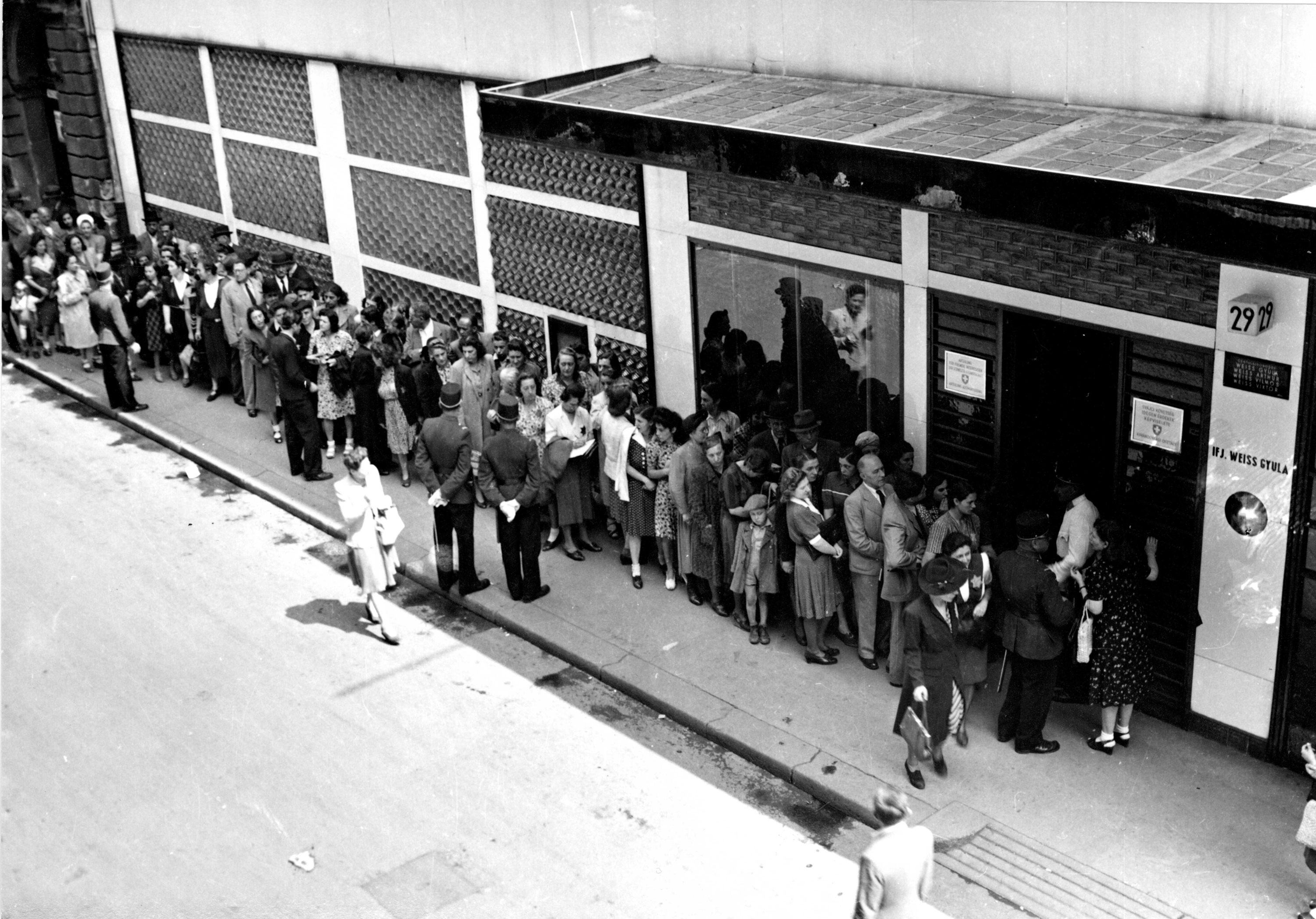
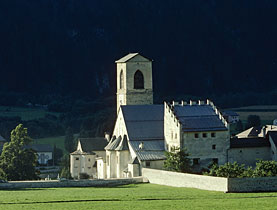
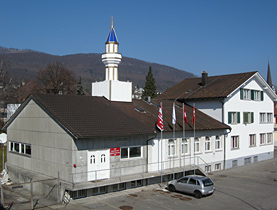
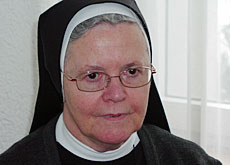

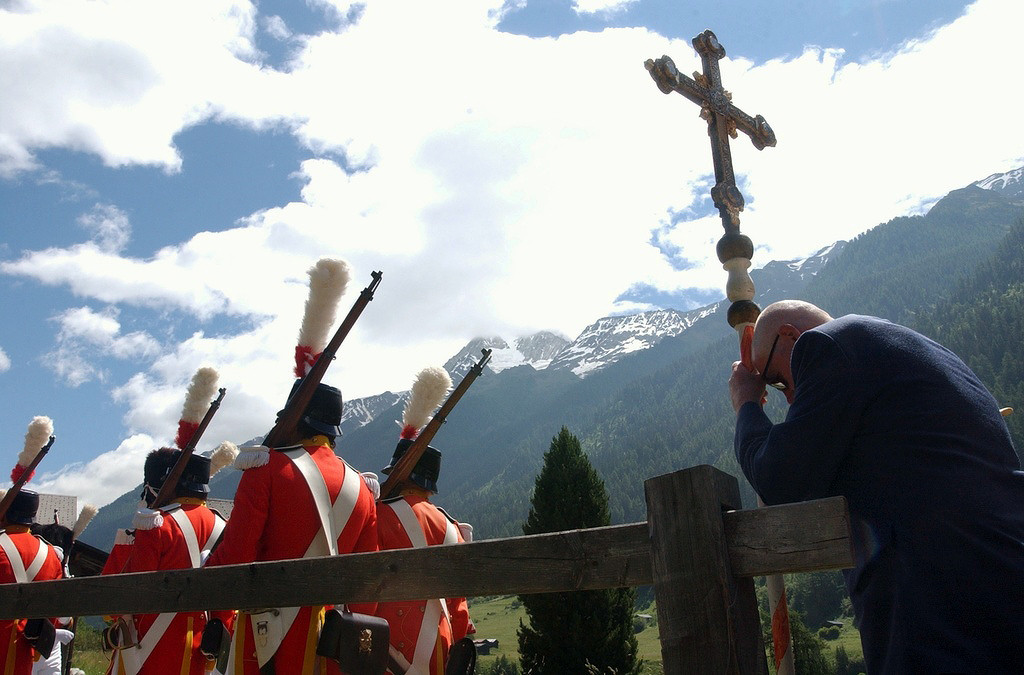
You can find an overview of ongoing debates with our journalists here . Please join us!
If you want to start a conversation about a topic raised in this article or want to report factual errors, email us at english@swissinfo.ch.